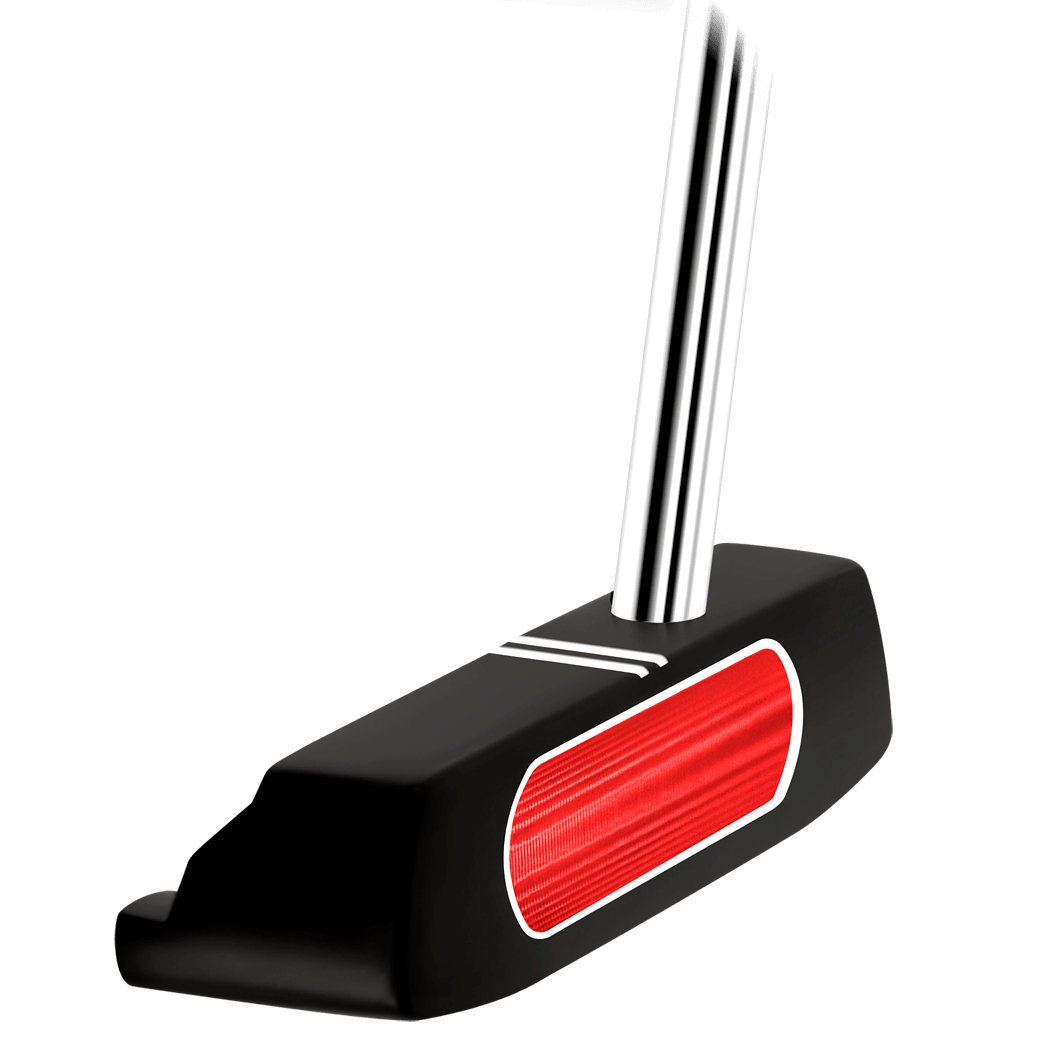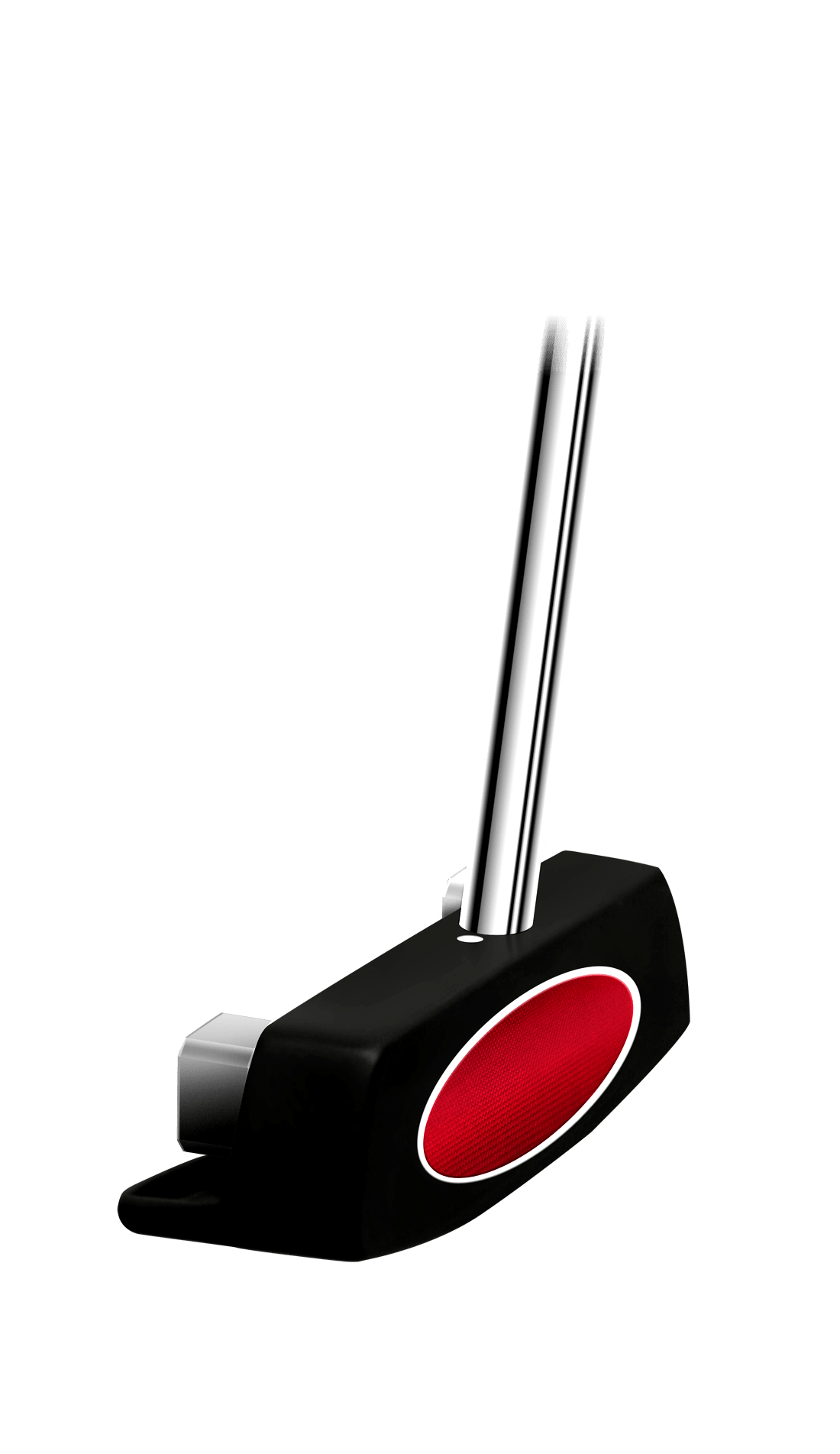
© Callaway Golf
Ball tested: Callaway Speed Regime 2
Category: Premium (labeled as “Tour”)
Feel: Soft
Tested for golfers with average driving distance of: 196 to 245 (carry + roll) / 246 to 300+ yards (carry + roll)
Specs: Construction – Five-piece; Cover – urethane; Core – Polybutadiene; Dimples / Pattern – 332 in Callaway’s HEX aerodynamic design
Compression: High
Price as tested (new): $47.99 per dozen
Ball notes: The middle sibling in Callaway’s new-for-2014 Speed Regime family, the Speed Regime 2 golf ball – SR2 for short – aims to improve tee-to-green performance for players who swing in the 90-105 mph range. (FYI – Callaway calls these “athletic swing speeds,” which seems like a sly way of flattering potential customers.)
The SR2 has more in common with the SR3, made for faster swingers, than with the SR1, designed for sub-90 mph swings. Like the SR3, the SR2 features five-piece construction and an urethane cover that’s slightly firmer than the SR1’s urethane surface. There are minor (but important, per Callaway) differences in compression and dimple patterns between each ball.
In short, the SR2 is built to help mid-range swingers – sorry, “athletic” swingers – get more distance off the tee, a penetrating trajectory and better stopping power with the irons, and excellent control around the greens.
Let’s see if it meets those lofty goals.
On the clubface: Not too soft. Not too firm. In other words, just right. The SR2 definitely feels and sounds like a modern-day tour ball. Like its mates, the ball lacks the so-called “Callaway click” that turns some golfers away from the company’s other models.
Off the tee: Like your drives long and straight? You’ll love the Callaway SR2. We got a great carry-and-roll combination with excellent, penetrating ball flight. While shot dispersion was pretty tight, you can still impart enough sidespin to play draws or fades.
From the fairway / rough: The SR2 really stood out here. We observed considerably more spin than with the SR1 (though some of that is attributable to the testers’ different swing speeds). Well-struck wedges will back up, if that’s what you want. Ball flight was nice and stable in the wind.
Around the green: We’d put the SR2 a notch below the best tour balls for greenside control and spin, but it still performed quite well. Chips and pitches reacted appropriately when struck with authority, and we had no problem stopping standard bunker shots.
Bottom line: Many golfers who have tried the Callaway Speed Regime 2 compare it favorably to the company’s popular HEX Chrome+ model. We agree. In fact, the SR2 might be a cut above Chrome+ for feel, control and overall playability. It’s definitely a winner.
Golf Ball Videos:
– Compression Video
– Spin Video
– Dimples Video
– Golf Ball Brands Video
– Titleist Video
– Understanding Spin Video
Categories Explained:
Value/Recreational/Distance – Designed for mid- to high-handicap golfers with swing speeds below 90 mph; typically feature two-piece construction and firm covers; promote greater distance over high spin rates. Examples: Pinnacle Gold, Slazenger RAW Distance
Premium – Designed for low- to mid-handicap golfers with swing speeds of 90-99 mph; typically feature multi-layer construction and medium-soft covers; happy medium between Value/Recreational and Tour categories for distance and spin qualities. Examples: Titleist NXT Tour, Callaway HEX Diablo
Tour/Advanced/Performance – Designed for low-handicap and professional golfers with swing speeds in excess of 100 mph; typically feature multi-layer construction and soft covers; promote greater spin rates and enhanced feel over distance. Examples: Titleist ProV1, Bridgestone Tour B330






